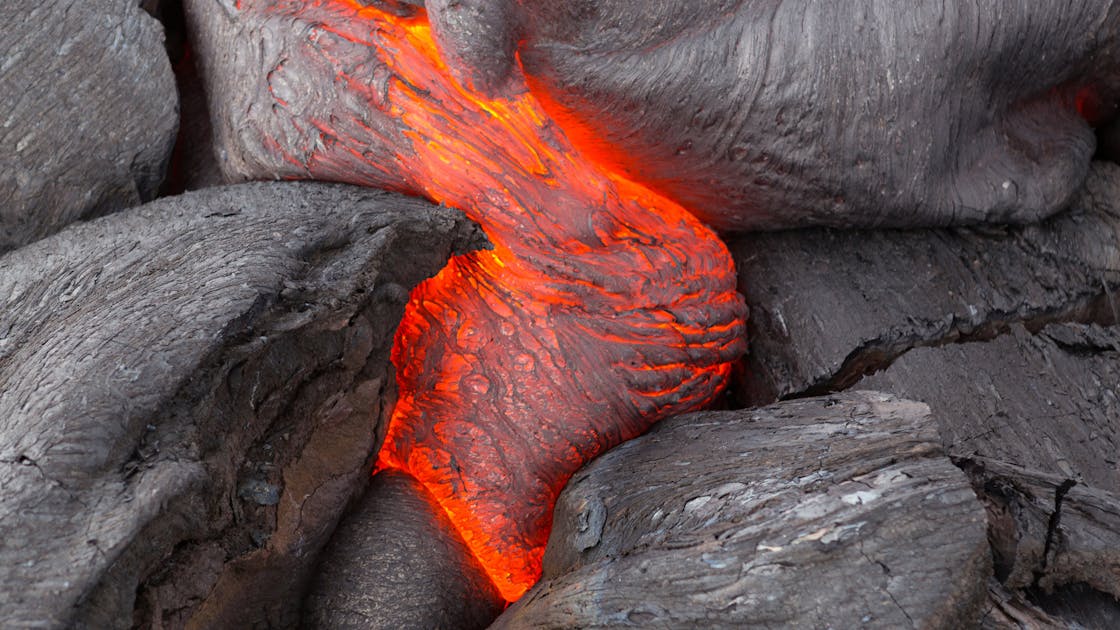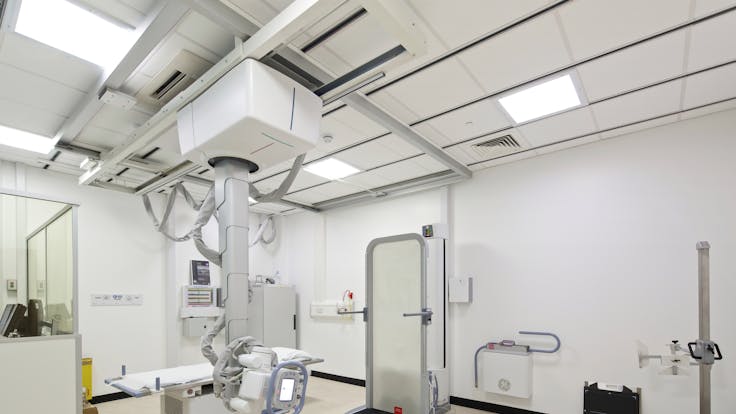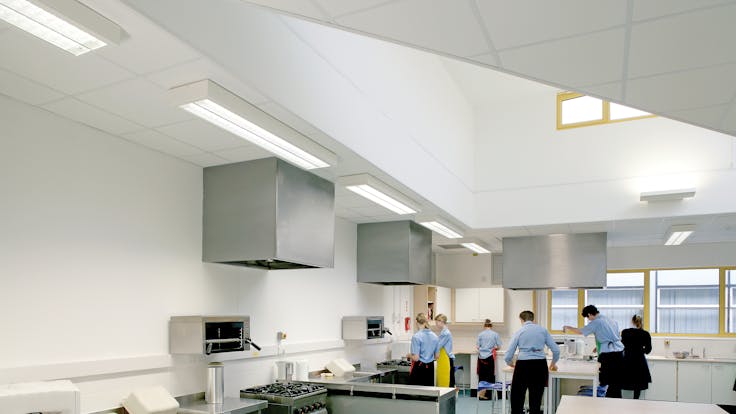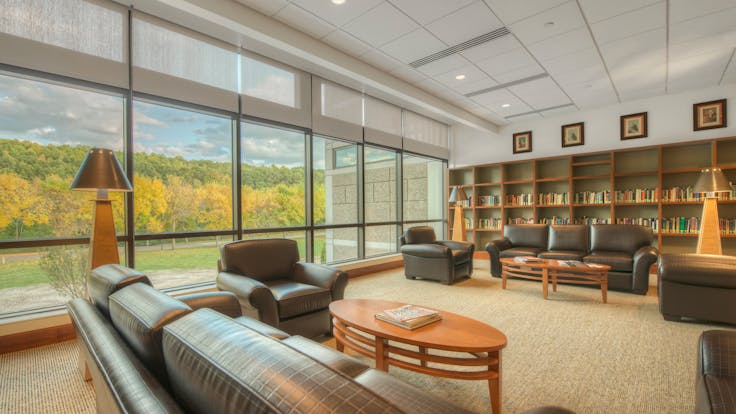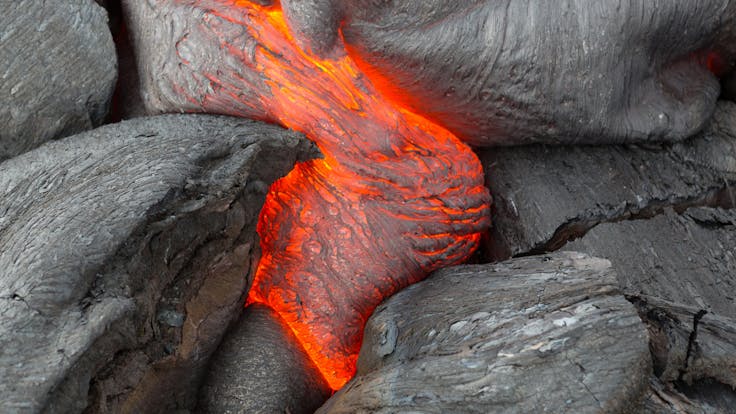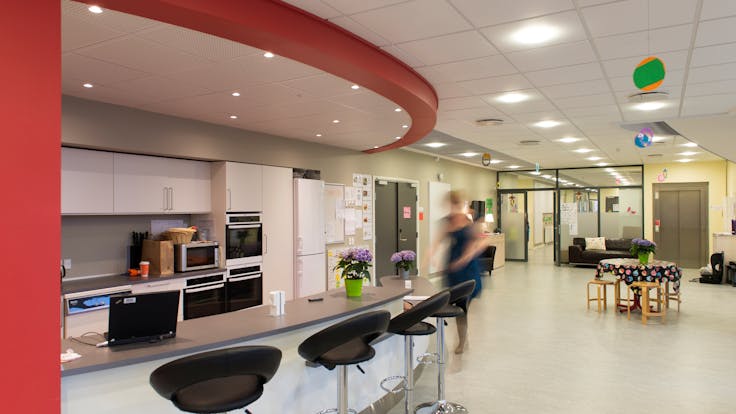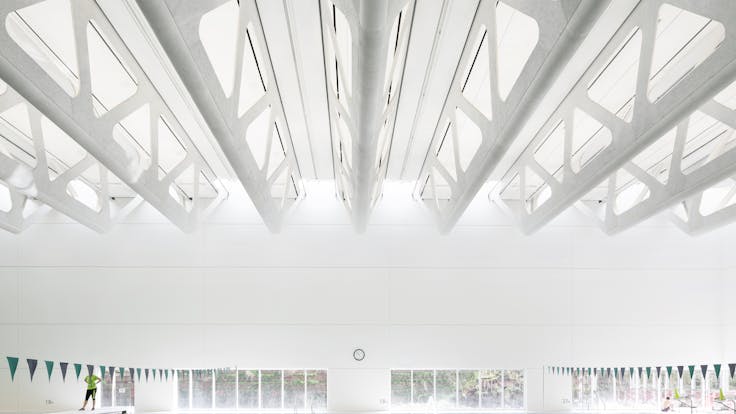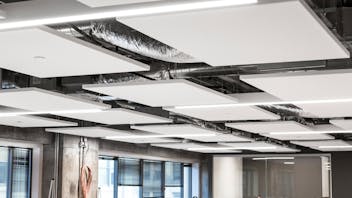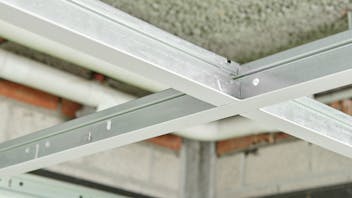Every second counts once a fire has started.
With fires developing five to 10 times faster today than in the 1950s, the safety of building occupants and first-responders depends overwhelmingly on how the building performs during a fire. Importantly, this includes the release of thick toxic smoke, which kills more people than the fire does1.
Our stone wool products will not develop toxic smoke. The core material is non-combustible. It does not contribute to the development and spread of fire, even when directly exposed to flames.
Given stone wool’s volcanic origins, it can withstand extreme temperatures up to 2150 degrees Fahrenheit (1177 Celsius). All of these beneficial qualities of stonewool contribute to adding the critical moments needed to find safety in the event of a fire.
Class A Fire Rating Ceiling Tile
Many commercial applications require a Flame Spread Index of 25 or less and a Smoke Developed Index of 50 or less. Products that fulfill these requirements are labeled with a Fire Hazard Classification 25/50 (FHC 25/50) or a “Class A” rating. The Class A rating is designated for products per ASTM E1264 “Standard Classification for Acoustical Ceiling Products.”




